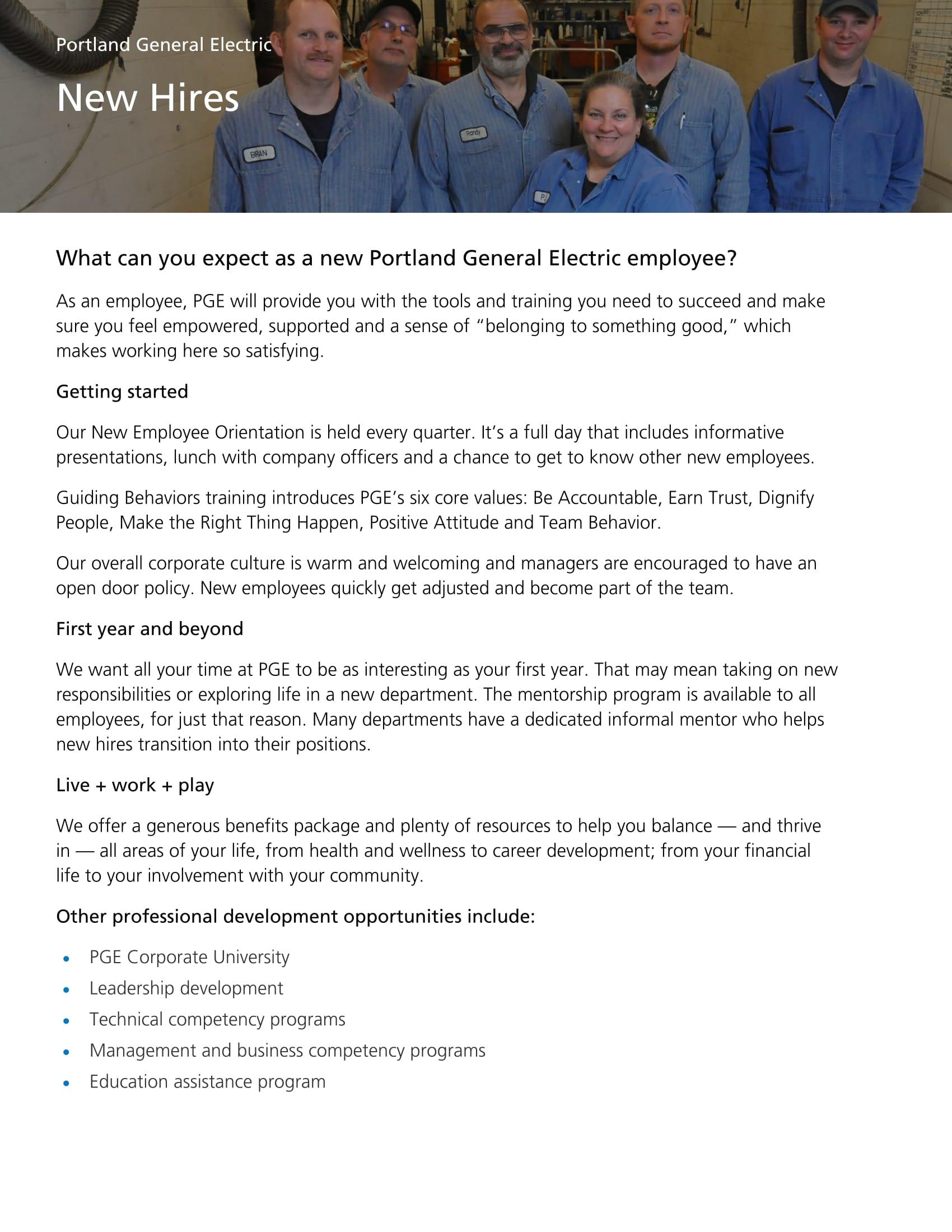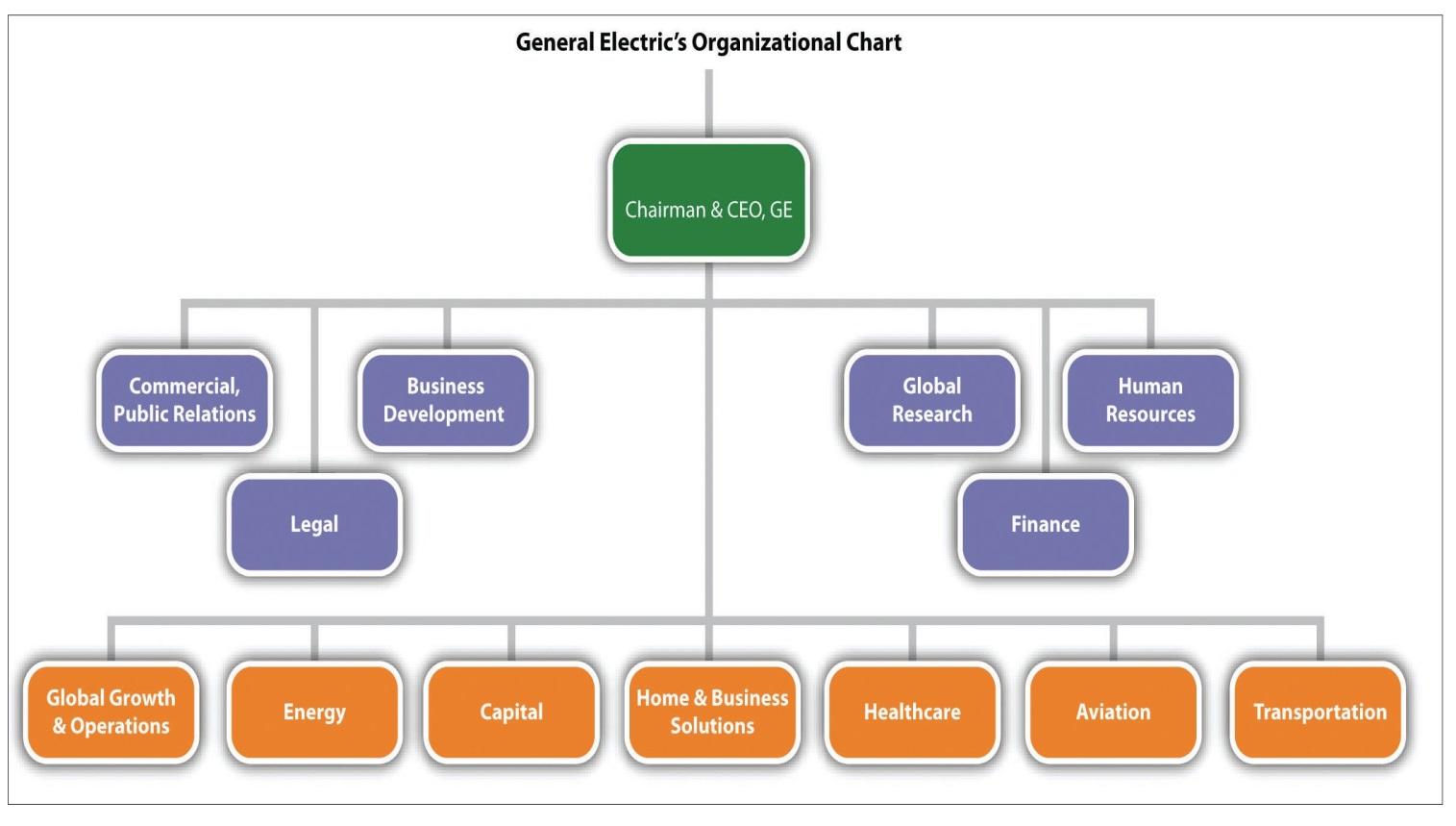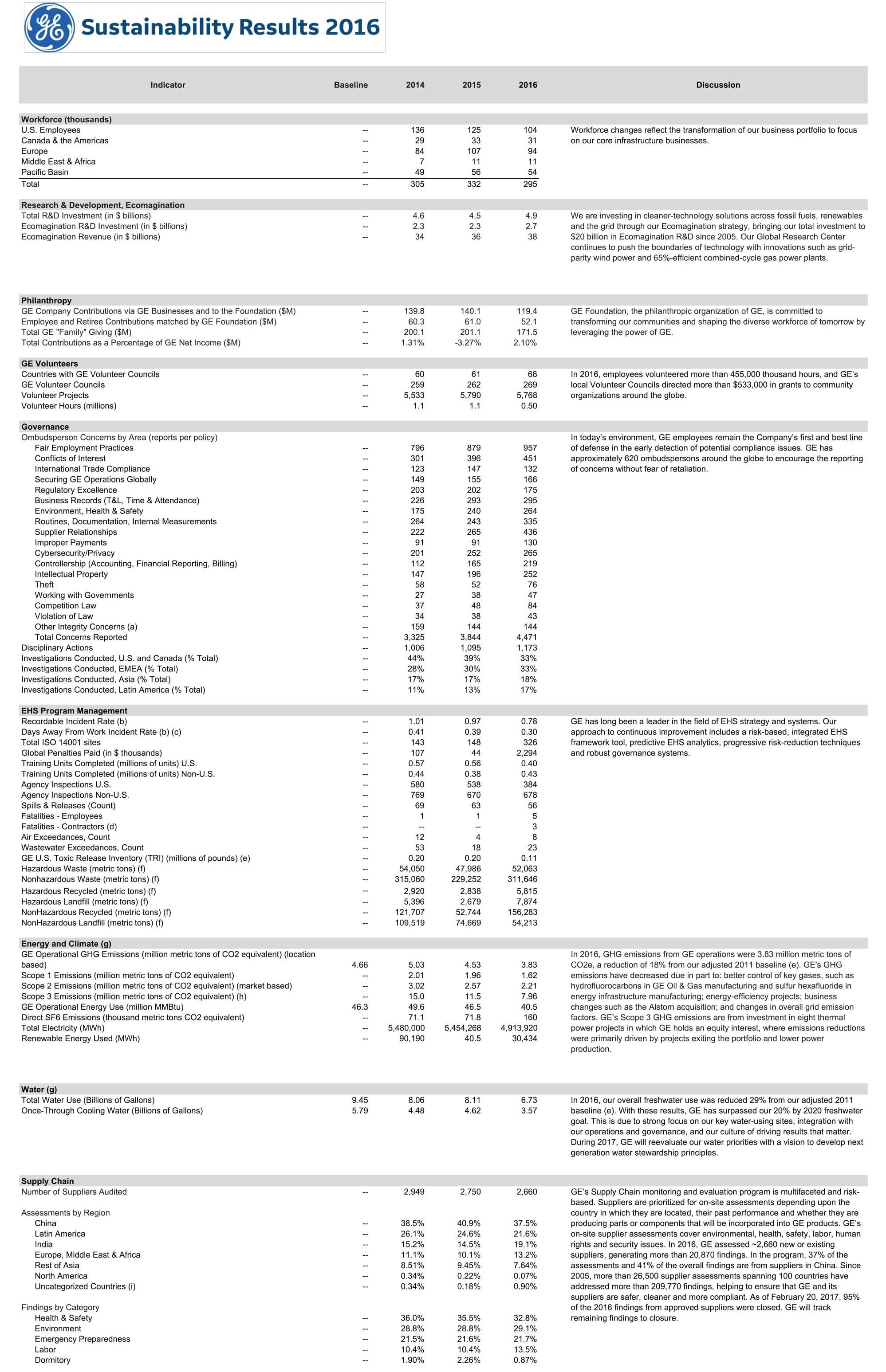Introduction
General Electric (GE) is a leading corporation that operates in global research, aviation, oil and gas, healthcare, energy, transportation, automotive, engineering, digital, and pharmaceutical industries. The conglomerate has been in operation for the past 125 years. The company was established by Thomas Edison, Elihu Thomson, and Charles Coffin. The corporation has over 290,000 employees and markets a wide range of products including gas, software, water, weapons, finance, energy, and aircraft engines. This discussion gives a detailed analysis of the company in an attempt to understand its cultural perspective and how it improves performance.
Cultural Perspective
Source of Values and Norms
At GE, organizational norms and values are formulated by its leaders. For instance, Jack Welch is known to have presented powerful concepts that continue to dictate the values associated with the company (Krishnamoorthy 2015). The organization uses appropriate guidelines and practices to ensure such norms are embraced by every employee. The strategy has created a powerful culture whereby individuals can learn new ideas and use them to achieve targeted goals.
People at GE come from different social and cultural backgrounds. For example, the company hires workers from continents such as Latin America, Europe, and Asia. The workers are guided to use their concepts, skills, and ideas to maximize competitive advantage. Ethics is a concept embraced by the leaders and followers and GE (Arthur et al. 2017). Individuals relate with one another positively in an attempt to achieve every outlined goal. Property rights are distributed evenly in an attempt to motivate every worker. The practice has created a culture that focuses on the conglomerate’s business aims.
Cultural Analysis
The company begins by focusing on the needs of global customers. This understanding guides leaders to attract skilled employees from diverse backgrounds. Surveys are conducted periodically to identify the right areas for cultural change. Some of the influences on the corporation’s culture include management, resources, ethics, empowerment, and diversity (Krishnamoorthy 2015).
Decentralized leadership ensures workers are empowered and guided to pursue the company’s goals. The managers inspire and connect with every generation. Individuals are motivated to develop personal power. Moral values and ethical attributes guide employees to do what is right (Krishnamoorthy 2015). Leaders also guide their followers to embrace diversity and innovation.
How Goals, Norms, and Rules Transmit Cultural Values
GE has outlined specific goals and rules that can promote the existing culture. For instance, employees are required to respect one another, focus on quality, embrace the concept of continuous improvement, and ensure every objective is realized promptly. Rules and ethical guidelines dictate the relationships and norms exhibited by the workers. Such attributes promote teamwork, respect, commitment, integrity, and responsibility (Baldassarre & Finken 2015). The main block affecting how values are transmitted is the increasing level of employee diversity. However, the leaders at the company implement powerful strategies to deal with the hurdle.
Socializing New Members
General Electric identifies and recruits new employees every year. Such workers are socialized to become part of the company’s culture using apposite strategies. Orientation is embraced whereby new employees are informed about the organization’s core values, behaviors, and norms (Arthur et al. 2017). Such workers are encouraged to join teams to understand how different goals are pursued. Mentorship programs are also available to them. The initiatives guide the workers to understand their duties clearly.
Professional development opportunities such as GE corporate university, education assistance programs, and leadership development are available to new employees (see Exhibit 1). With such practices, every worker becomes part of the organization’s culture. These strategies guide employees to understand the values, norms, and rules associated with the company (Arthur et al. 2017). Such approaches have made the organization successful.
Institutionalized and Individualized Role Orientation
The corporation has been observed to encourage members to develop an institutionalized and individualized role orientation. As mentioned earlier, employee familiarization is a process that begins by focusing on the company’s culture, business model, and practices. This is achieved by informing the workers about the corporation’s values, ethics, codes of conduct, and organizational behaviors (Krishnamoorthy 2015).
Similarly, individualized role orientation is done whereby new workers are provided with adequate information, resources, and ideas that can guide them to achieve their objectives (Arthur et al. 2017). The practice is managed using leadership development and corporate university programs (see Exhibit 1). The establishment of a uniform culture is a clear indication that subcultures do not exist at GE.
General Electric’s Organizational Structure and Culture
GE has established a simple organizational structure to ensure every goal is realized promptly. At the top of the chart is the company’s chief executive officer (CEO) and chairman (see Exhibit 2). A horizontal structure ensures that various decisions are made much faster. The organizational structure fits the existing culture. For example, different segments are coordinated using adequate human resource practices, a global research, and public relations. Additionally, leaders of different segments mentor, guide, train, and orient their followers. Every CEO follows the steps of Jack Welch to foster diversity, cohesion, and teamwork. The horizontal structure creates the best environment whereby individuals are empowered to promote better practices that can drive performance.
Corporate Social Responsibility (CSR) Policy
GE’s corporate social responsibility (CSR) is a powerful model that seeks to meet the interests of stakeholders, customers, members of the community, and employees. The three-pronged tactic begins by addressing social needs. Such demands include those of communities, customers, and employees. The environmental strategy seeks to conserve natural resources and make them sustainable. The third attribute promotes appropriate relations with government bodies and entities (Baldassarre & Finken 2015). The company uses the model to empower different stakeholders and improve financial performance.
The company has implemented adequate CSR reporting systems as part of its annual reports. For instance, the reports reveal the company’s achievements and agendas that resonate with the three-pronged model (see Exhibit 3). Practices such as attracting the right workforce, producing cleaner technologies, and supporting sustainable business practices are taken seriously (see Exhibit 3). The main gap in the strategy is the inability to track its effectiveness for different segments. This fact explains why specific sectors such as healthcare might not be matched with the concept of sustainability (Krishnamoorthy 2015). The issue has resulted in numerous concerns such as stakeholders’ complaints and reduced business performance.
Conclusion
This discussion reveals that organizational culture is one of the key determinants of business performance. At General Electric, employees are empowered using adequate values, rules, ethics, and norms. The company’s structure, leadership, and corporate social practices have sustained the nature of its culture. In conclusion, business organizations that want to remain profitable must implement powerful cultures and empower their workers.
Reference List
Arthur, S, Herring, N, Morrison, L & Bertsch, A 2017, ‘Jack Welch: the bridge between Drucker and Goleman’, International Journal of Business and Social Science, vol. 8, no. 3, pp. 1-16.
Baldassarre, L & Finken, B 2015, ‘GE’s real-time performance development’, Harvard Business Review, Web.
Krishnamoorthy, R 2015, ‘GE’s culture challenge after Welch and Immelt’, Harvard Business Review, Web.
Sustainability results 2016 2017, Web.
Appendices


